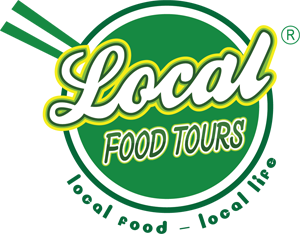Vietnamese cuisine is very rich, diverse, through which it shows the harmony, the principle of mixing the spices and eating habits of the Vietnamese.
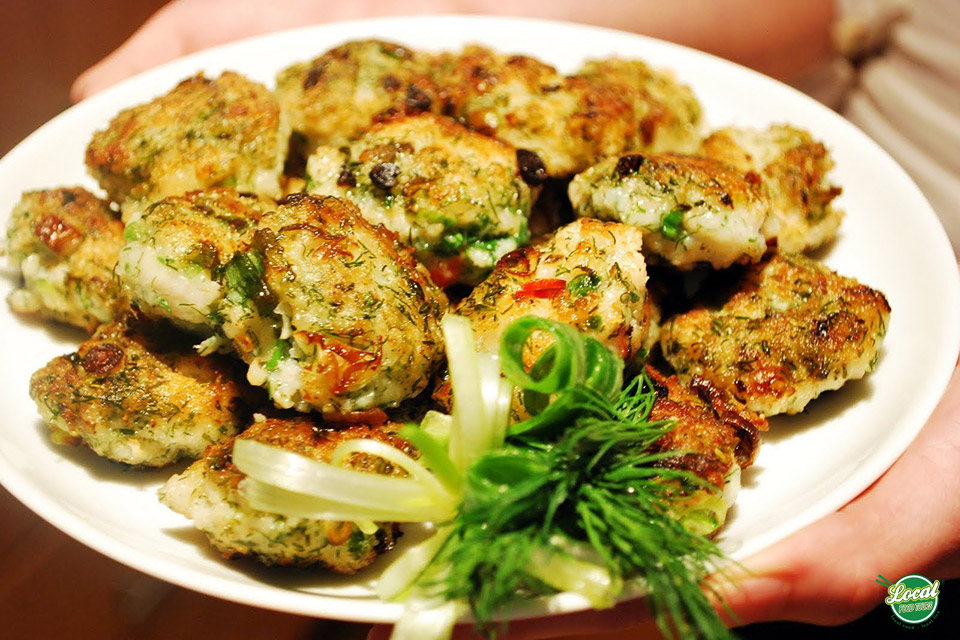
It is no coincidence that international friends are praising Vietnamese dishes very well and through the festivals promoting Vietnamese culinary culture abroad, our food stalls are always attracting a lot of native customers.
Sophistication in processing style
Vietnamese culinary culture originates from the mark of wet rice agriculture. Vietnamese dishes are mainly made from vegetables, fruits, and roots so they are low in fat, do not consume as much meat as Western ones, and do not use as much oil as Chinese. When processing food, Vietnamese often use fish sauce to wedge, combined with many other natural spices, so the food is very tasty. Each of the different dishes has the corresponding sauce to make the dish taste more specific.
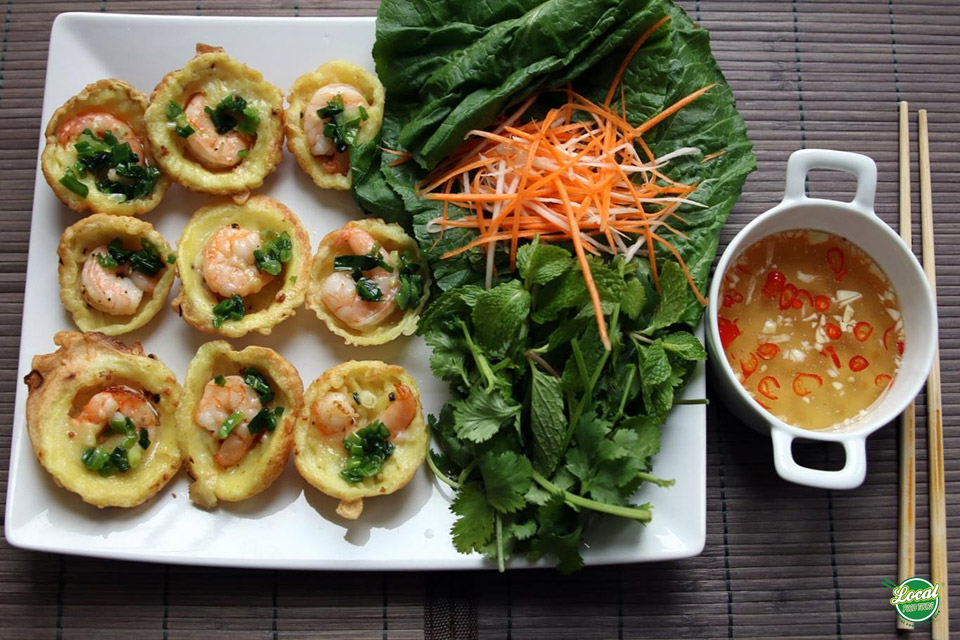
Vietnamese dishes often include a variety of ingredients such as meat, shrimp, crab along with vegetables, beans, and rice, etc. And the deliciousness comes from the way the food was prepared, mainly boiled, steamed, cooked, baked or eaten raw to keep its natural flavor. Vietnamese people often use spices such as ginger, turmeric, onion, garlic, citronella, and herbs, not dry or processed.
All of the ingredients are carefully collected by cooker to make the most delicious taste for the dish. Join Hanoi local food tours to have the most interesting experience about Hanoi cuisine!
The unique in the way of eating
First of all is to eat by eye: we need to present beautiful, colorful dishes; Then eat with the nose: the scent is rising from both the food and the sauce. Then the teeth touch the food when it is soft as a vermicelli, at the same time tough as boiled or crispy meat like jellyfish. Vietnamese people eat “by ear.” It is interesting to hear the crunchy “croissant” of rice dumplings, shrimp pancakes or salty crackers, even “hear from inside” is the rattling of the roasted peanuts, the last one to enjoy the food and taste by the tongue. As you can see, Vietnamese people eat by 5 senses, so cooker always try to make the dish perfect for satisfied all level of customer. Let yourself down on a table of street food and let your heart feel the flavor of the food, you will not need to read this article anymore!
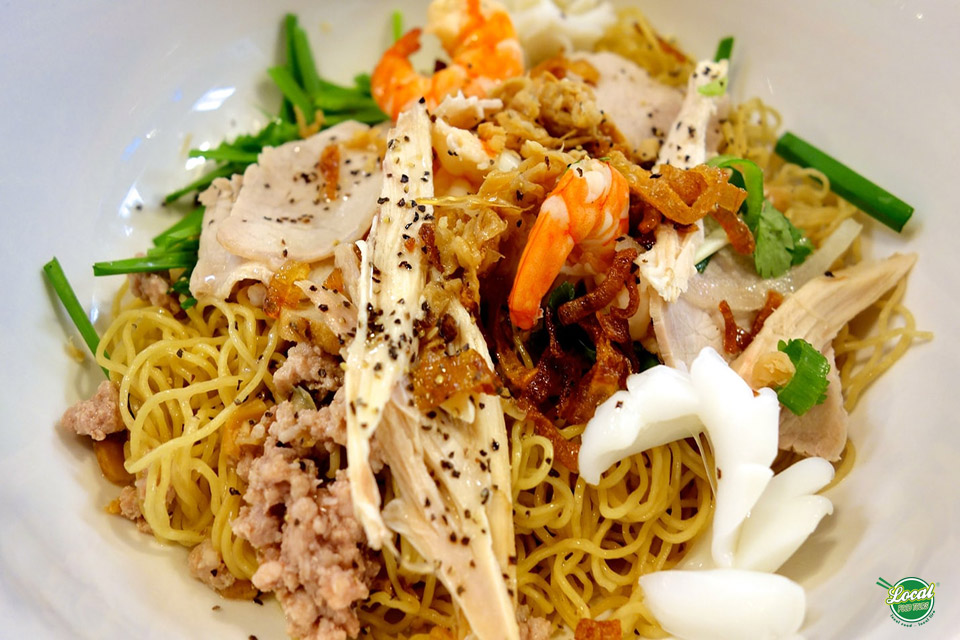
The different culinary styles of the 3 regions
Vietnamese people easily absorb the culinary culture of other ethnic groups, other regions from which to process their own. It is the difference in geography, culture, ethnicity, and climate that make up each region with its unique characteristics. This is also the highlight of culinary flavors 3 North, Central, and South.
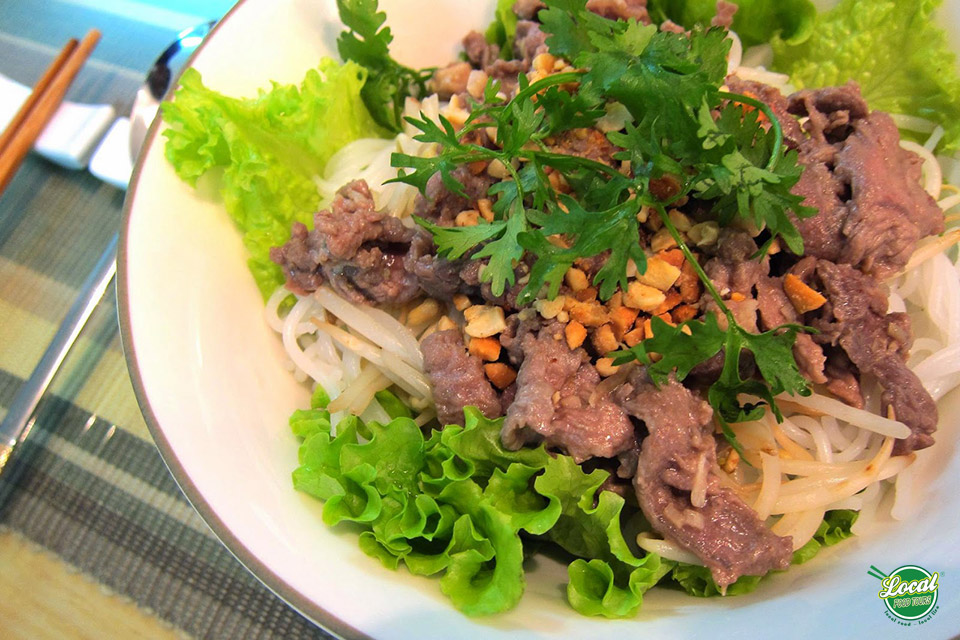
Northern Cuisine: Tasteful, not too intense, but colorful, often not thick, spicy, fat, sweet, mainly using diluted fish sauce, shrimp sauce. Hanoi is considered as the culinary elite of the North with delicious dishes such as noodles soup, Bun Cha, Bun Rieu Cua, etc. Join Hanoi food tours for more useful information if you want to make them by yourself!
Central Cuisine: tastier, more intense. Central cuisine distinguished by the special flavor, many dishes spicy and salty. Colors are rich, vibrant, red and dark brown. The Central cuisine is famous for sour shrimp paste, salted fish. In particular, Hue cuisine is influenced by the royal cuisine style, so it is very sophisticated in the way of processing, presenting many colors and number of dishes.
Southern Cuisine: Due to the influence of Chinese, Cambodian and Thai cuisines, Southern dishes tend to be sweet, spicy and popular with dried fish such as fish sauce.
Every single place, I believe you can find your own taste in it. Let’s have a Vietnam food tour with the most memorable culinary discoveries trip!
